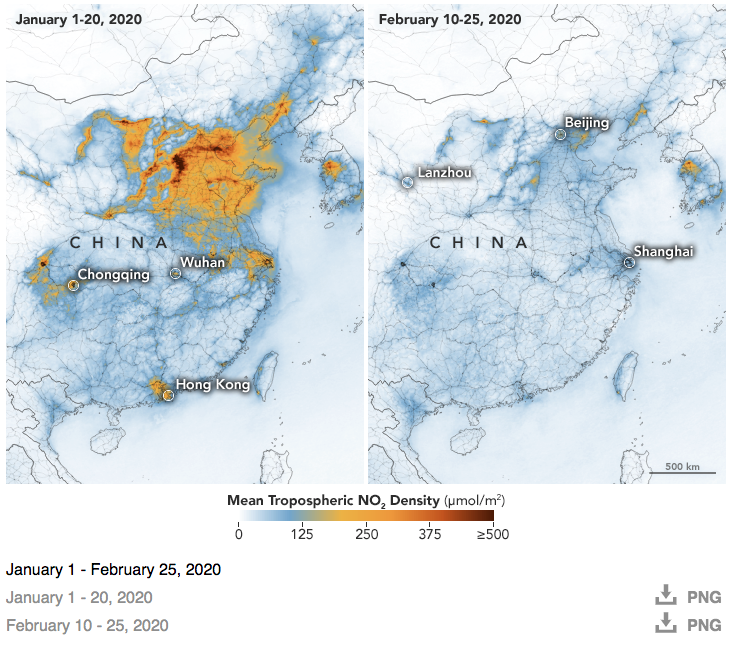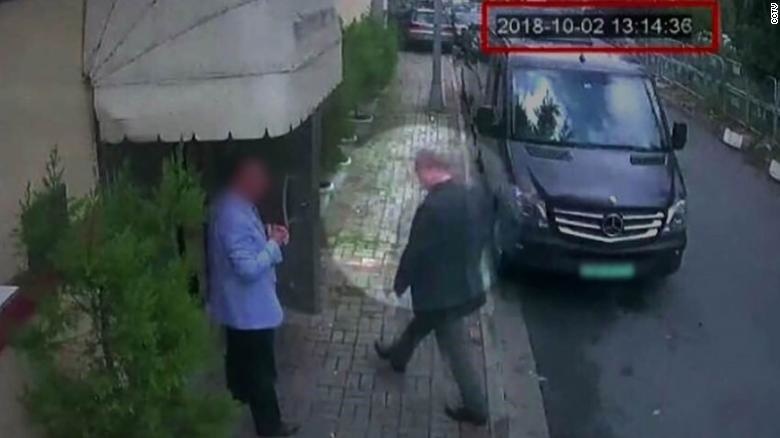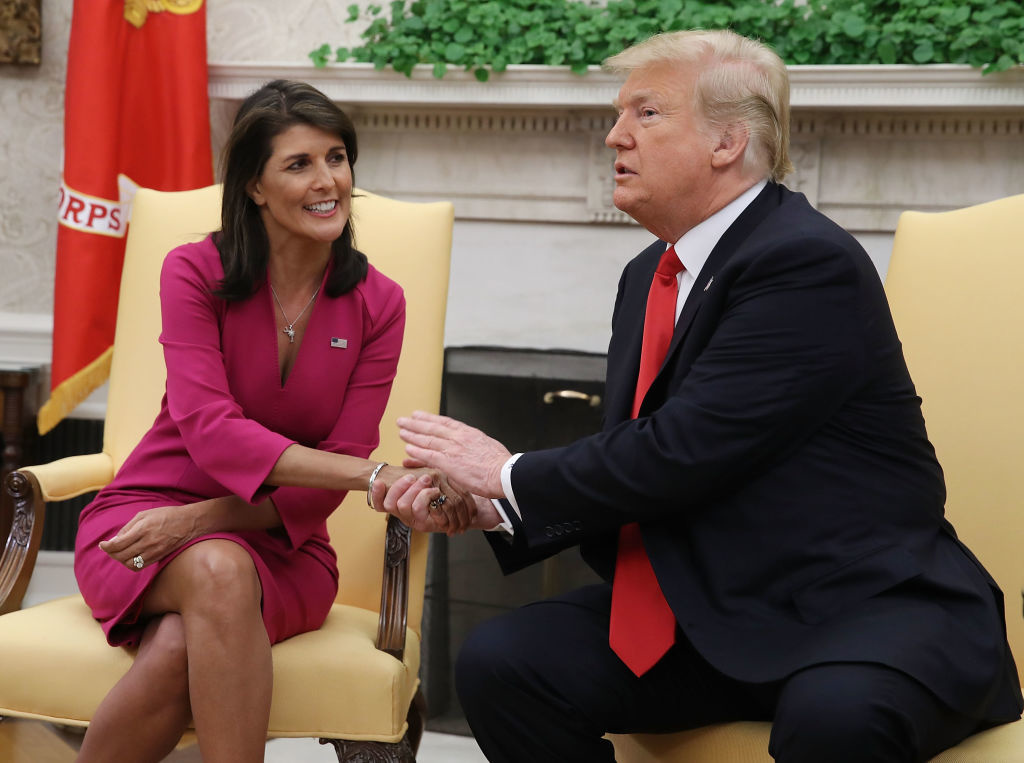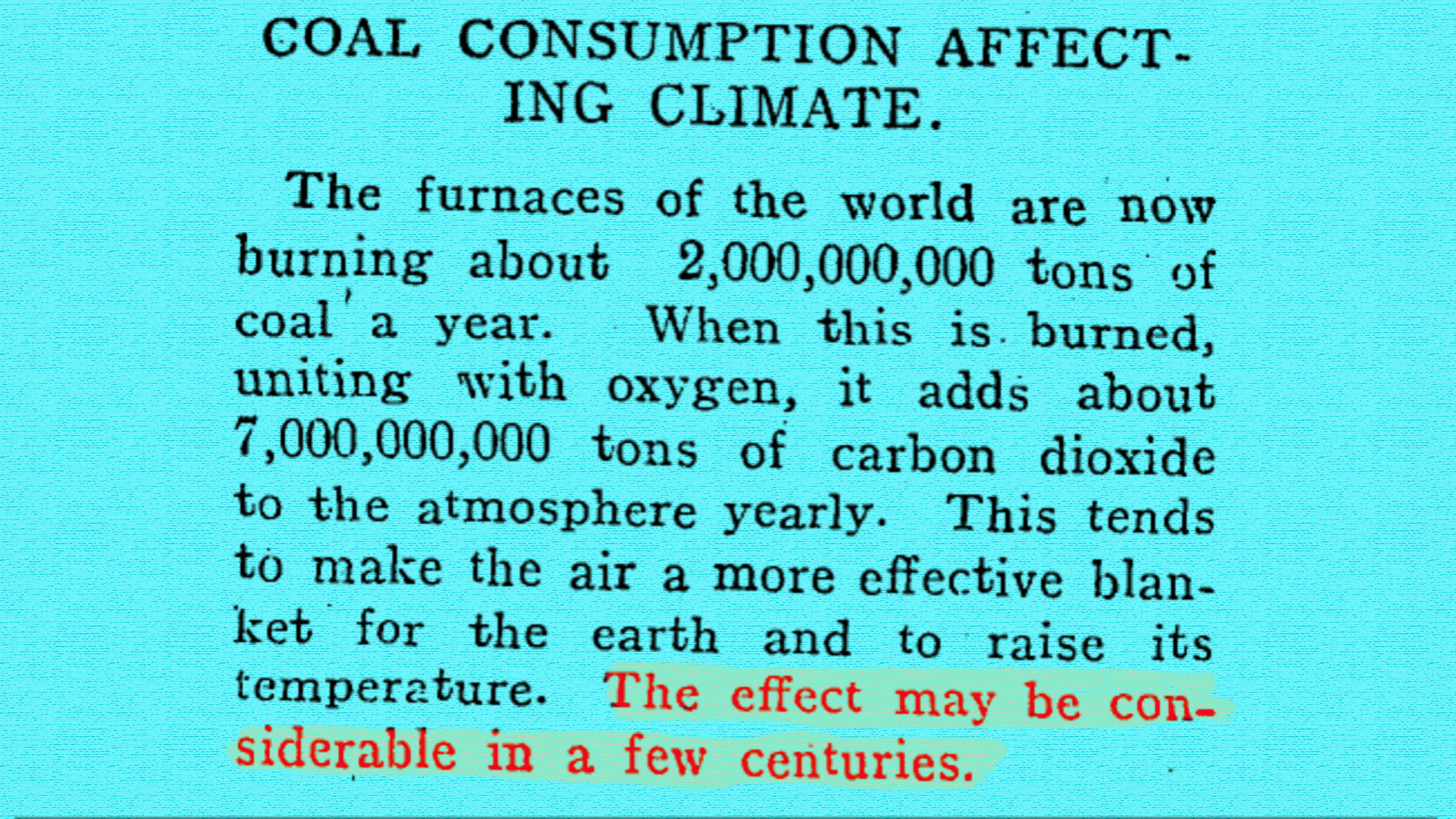Big Solar Energy Projects Are Quietly Happening Under Trump

Environmentalists so far are infuriated by the actions of the Trump White House. With a little less than a year in office, the administration has opened up public and protected lands to energy exploration, removed the US from the Paris Agreement, and scrapped the Clean Power Plan. In the near future, there are plans to expand offshore drilling, sell off public lands in the West, and allow for drilling in the Arctic National Wildlife Refuge.
There’s also been quite a number of rule changes and rollbacks, a scrubbing of climate change information on government websites, and the appointment of climate skeptics to high offices, such as Scott Pruitt as Secretary of the EPA, a man who refuses to accept that CO2 levels are associated with global warming.
Acting Director of the Bureau of Land Management (BLM) Michael Nedd, looks at it another way. Instead of stripping environmental protections, he told the Washington Post, it could be viewed as the new administration evening out the scales. “One could argue—I don’t know, but one could argue—that under the previous administration that scale could have been tipped too far on the environmental side and energy wasn’t developed.”
He added, “So right now, what we’re looking at is: How can we have that balance?” Nedd said their aim was to develop a free market approach. Develop all kinds of energy, and let the market decide what the winner is. In that, there are still some renewal projects going on within the federal government that haven’t been shelved, although they may be receiving a lot less attention.

The price of solar panels today makes them competitive with fossil fuels, even in the middle of a natural gas boom. Credit: Getty Images.
The US government recently fired up two conjoined solar power plants on federal land. A “Throw the Switch” event was held on Dec. 17, although the Bureau of Land Management sent out no press release. Present were Senator Harry Reid (D-NV), U.S Bureau of Land Management Nevada Director John Ruhs, NV Energy officials (the state’s energy company), state and local officials, and representatives from J.P. Morgan, EDF Energy, Switch, and First Solar.
Located in Clark County, Nevada, the Switch 1 and Switch 2 power stations together make up 1,797 acres. That’s 275 football fields end to end. The plants contain a total of 1,980,840 solar panels, which at capacity pump out 179 MW of power. That could power 46,000 homes.
All that clean energy is channeled to power hungry data centers in Las Vegas and Reno. The project is located in the Dry Lake Solar Energy Zone, one of 19 zones earmarked by the Interior Dept. for major energy projects. First Solar built the dual plants, while EDF runs them.

Renewables may no longer need federal support to be competitive in the marketplace. Credit: Getty Images.
Senator Harry Reid said the project created hundreds of good paying jobs. It also saves the environment from absorbing 265,000 metric tons of carbon dioxide each year, which is like pulling 52,000 cars off the road. EDF executive Cliff Graham said at the event, “EDF RE is positioned to invest $3 billion between now and 2020 in renewable projects across the country; we anticipate to deliver on our projection and bring more jobs, tax dollars and investment to Nevada.”
The land was first leased for the project through an auction held in 2014. Construction began in 2016 and took 12 months total, with the aid of 1,300 construction workers. BLM Nevada director John Ruhs told the Washington Post, “The administration is completely supportive of ‘all of the above’ energy.” Adding, “It’s just the first of more that are coming, especially for Nevada, and probably California, as well.” The Obama administration approved 60 utility-scale, renewable energy projects. Whether many or all go through remains to be seen.
On another front, The Nature Conservancy also took part in this project. They were able to secure $6.9 million to help protect desert tortoise habitats and offset the environmental impact of the power plants.
To learn more about their contribution, click here:





